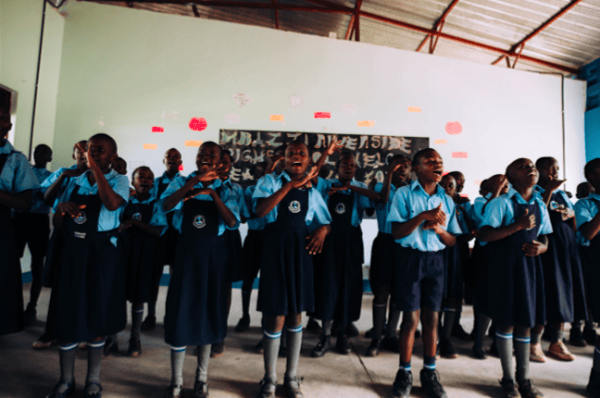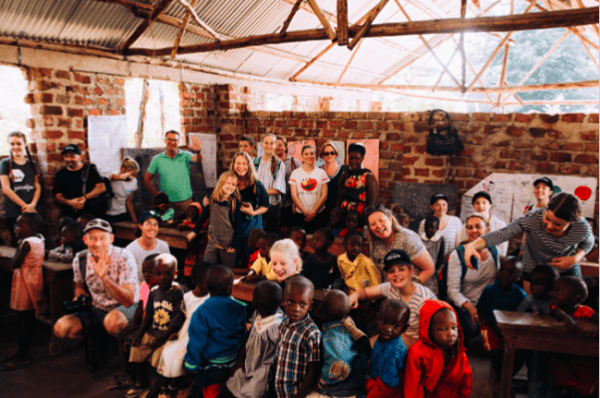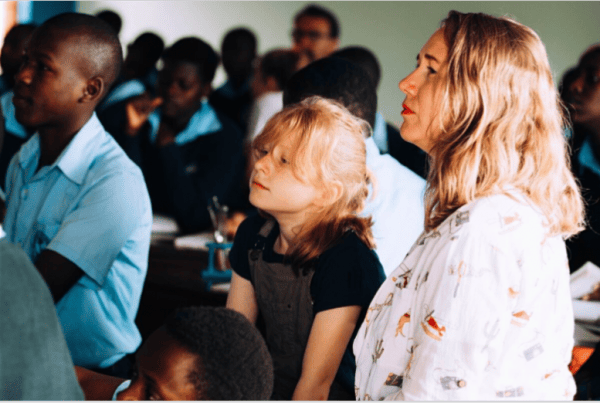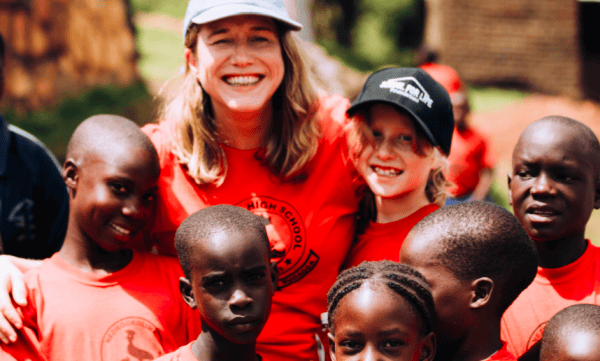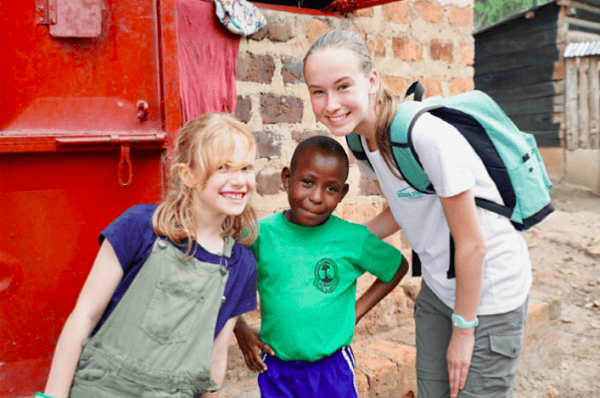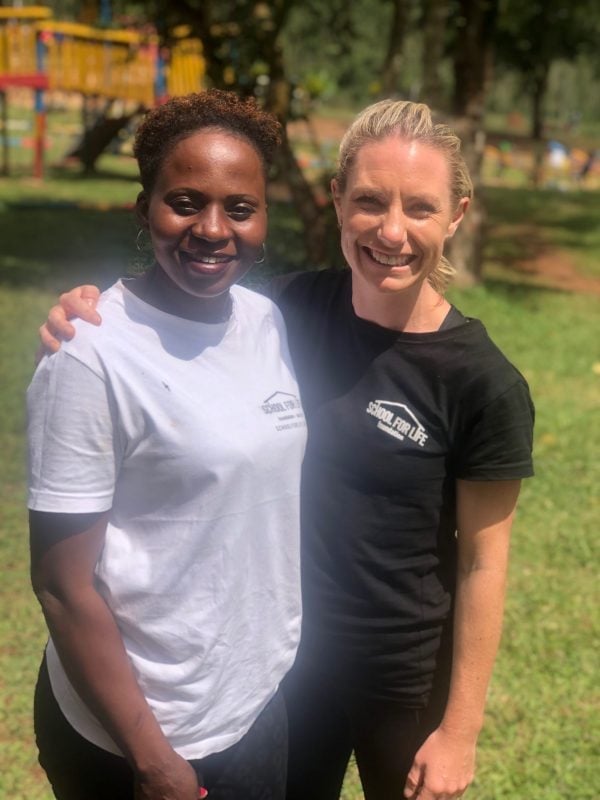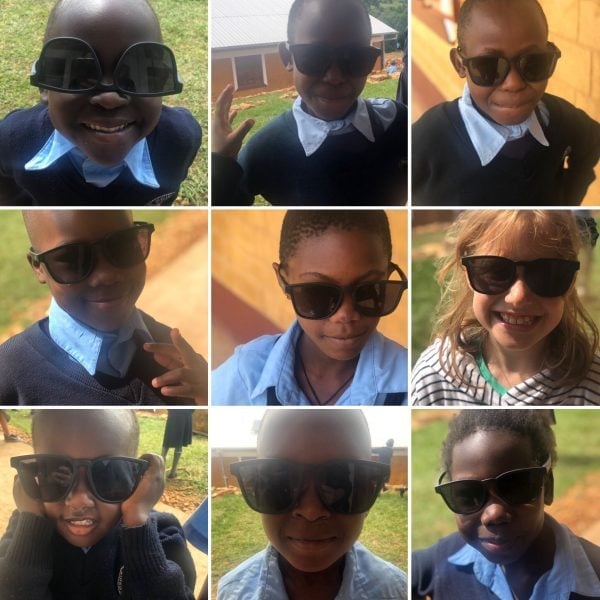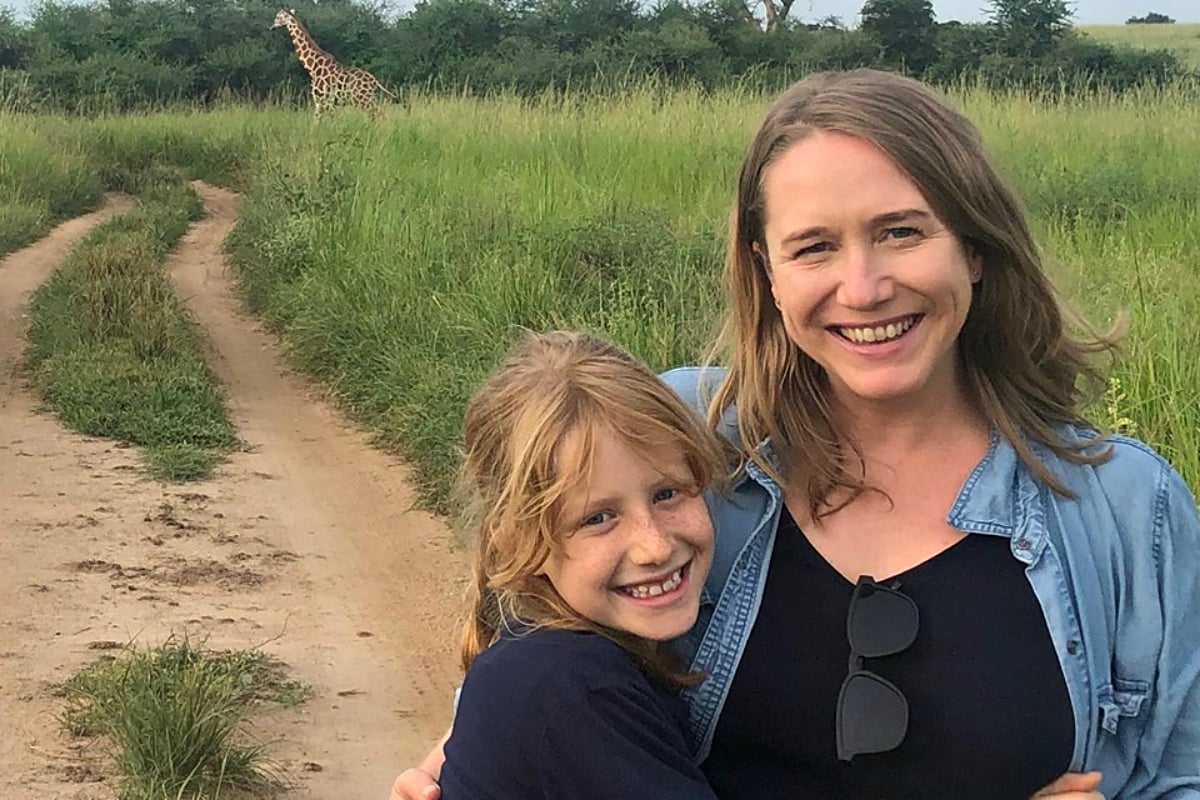
My bum is stuck to a green plastic garden chair and I’m crying.
I’m 12,500 kilometres from home, listening to 100 Ugandan children singing the Australian national anthem. Our problematic lyrics feel, in the mouths of kids at a bush school in a patch of cleared jungle, like a dream, like a wish. Not a wish for these proud east-Africans to be Australian, but a wish for something many of us have – endless possibilities.
Next, a group of children stand up to sing a self-penned “thank you” song to this school and my tears come faster.
“I want to become a doctor, I want to become a teacher… Education changes everything…”
I look over at my nine-year-old daughter, Matilda, who is watching with saucer-eyes but dry cheeks. She sees me sobbing and gives me an encouraging smile. A tiny role-reversal.
Why are these Ugandan village children singing Advance Australia Fair? Because they’re welcoming a group of Aussie parents and kids to a school built by an Australian not-for-profit organisation called School For Life. And without it, their lives would be very different.
